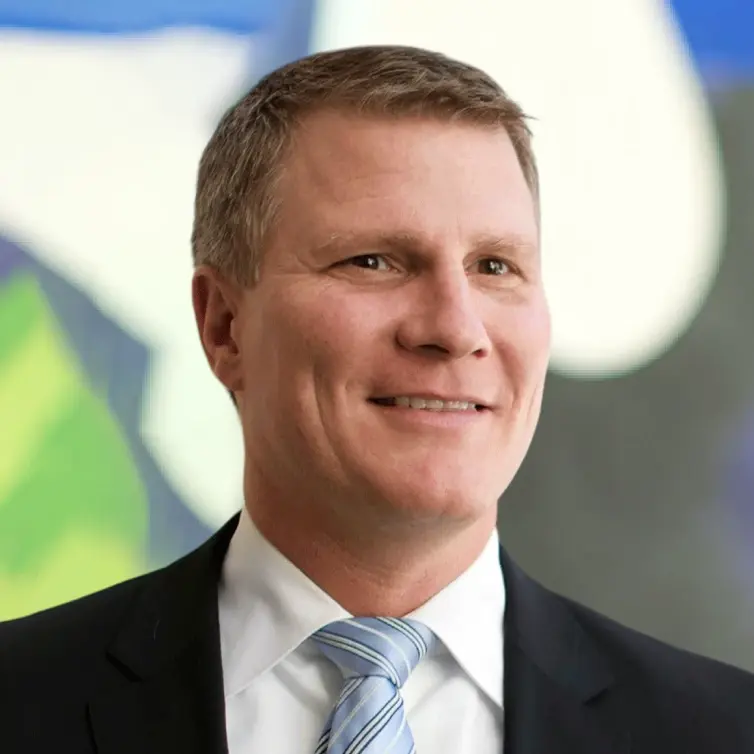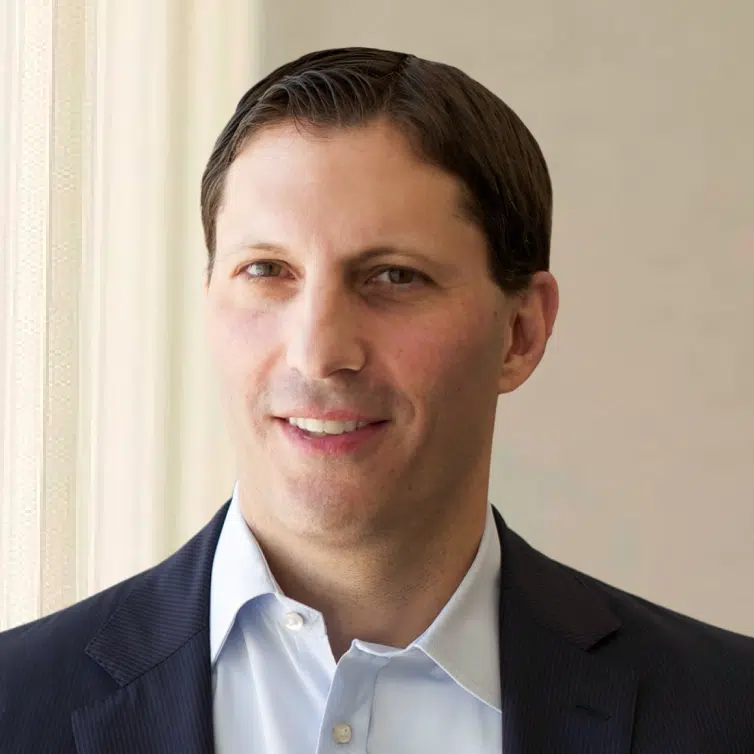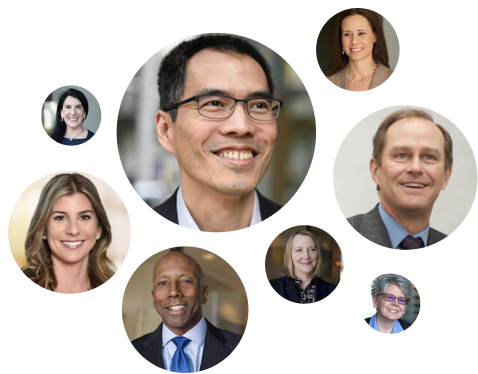
Investment Strategy & Research (IS&R)
At the annual Jackson Hole symposium in Wyoming, held Aug. 21-23, Federal Reserve Chair Jerome Powell delivered a keynote address that investors closely watched for signals on the Fed’s long-term direction.
His comments reflected both a policy shift and an acknowledgment of today’s challenging economic backdrop. Since the Fed’s policy framework can sound technical, Quick Takes is here to provide a straightforward summary of what matters most.
Powell explained that the Fed can no longer justify its 2020 framework, which prioritized growth by tolerating periods of above-target inflation. Instead, he emphasized a need for greater flexibility given that inflation, while easing, remains above the 2% target and that tariffs continue to add pressure and uncertainty. At the same time, he acknowledged the labor market is losing momentum—hiring and job openings have cooled, and the risk of higher unemployment is rising even if overall conditions remain stable.
The underlying message was that the Fed now faces a conflicting scenario: inflation is not fully resolved, yet downside risks to growth are building.
To that point, Powell described current policy as only moderately restrictive. Said differently, rates are high enough to cool the economy—slowing spending and investment—but a small change would be enough to place policy squarely in neutral territory. As a result, Powell’s remarks were widely interpreted as confirmation that a rate cut will take place in September. Equities rallied in response. That Friday, the S&P 500 gained 1.5%, the Nasdaq rose 1.9%, and U.S. small caps advanced more than 3%.
The following week, some of those gains were given back. U.S. equities declined 0.1% as large-cap value fell 0.1% and large-cap growth was flat, while small-cap value gained 0.3% and small-cap growth added 0.1%. International markets underperformed more sharply, with international value down 1.7% and international growth down 1.2%, reflecting soft eurozone data and renewed concerns around China’s economy. Emerging markets also fell 0.8% while fixed income provided stability, with municipals up 0.3% and taxable bonds up 0.2%. Even with the late- August volatility, year-to-date performance across most major asset classes is positive, led by international equities at 22.8%.
The bond market also reflected the shift in expectations. For months, short-term and long-term interest rates had been unusually close—a sign that investors were uncertain about future growth. As shown in Figure 1, the gap between the 2-year and 10-year Treasury yields widened to 0.65% following Powell’s Jackson Hole remarks, the steepest level since mid-July, with the 10-year finishing at 4.28%. The spread briefly narrowed in subsequent days but held elevated into month-end. In simple terms, investors are now demanding a higher return to lend money for longer periods, signaling growing conviction that rate cuts are on the horizon.
Futures markets—which reflect traders’ expectations on the path of interest rates—echoed this view. At one point, they even placed the odds of a September cut as high as 89% before settling closer to 83%. Demand for bonds remained strong as well. New 30-year corporate bonds drew record levels of investor interest and cities and states selling municipal bonds found no trouble placing their debt.
Even as the S&P 500 sets new highs and the yield curve steepens, several underlying trends bear watching. Producer prices are currently rising faster than consumer prices, a dynamic that adds pressure to corporate margins. High market concentration and headwinds for the dollar further provide cause for caution.
While these pressures point to lingering challenges, the prospect of lower rates signals that policy will provide near-term support against downside risks. For investors, maintaining diversification across equities, bonds and alternatives remains the most effective way to stay positioned for growth while managing the inevitable bumps along the way.
For more on how policy shifts, the weakening U.S. dollar and changing global competitiveness are shaping the investment landscape, we encourage you to read our latest Insight Brief.

 Talk to us
Talk to us 






